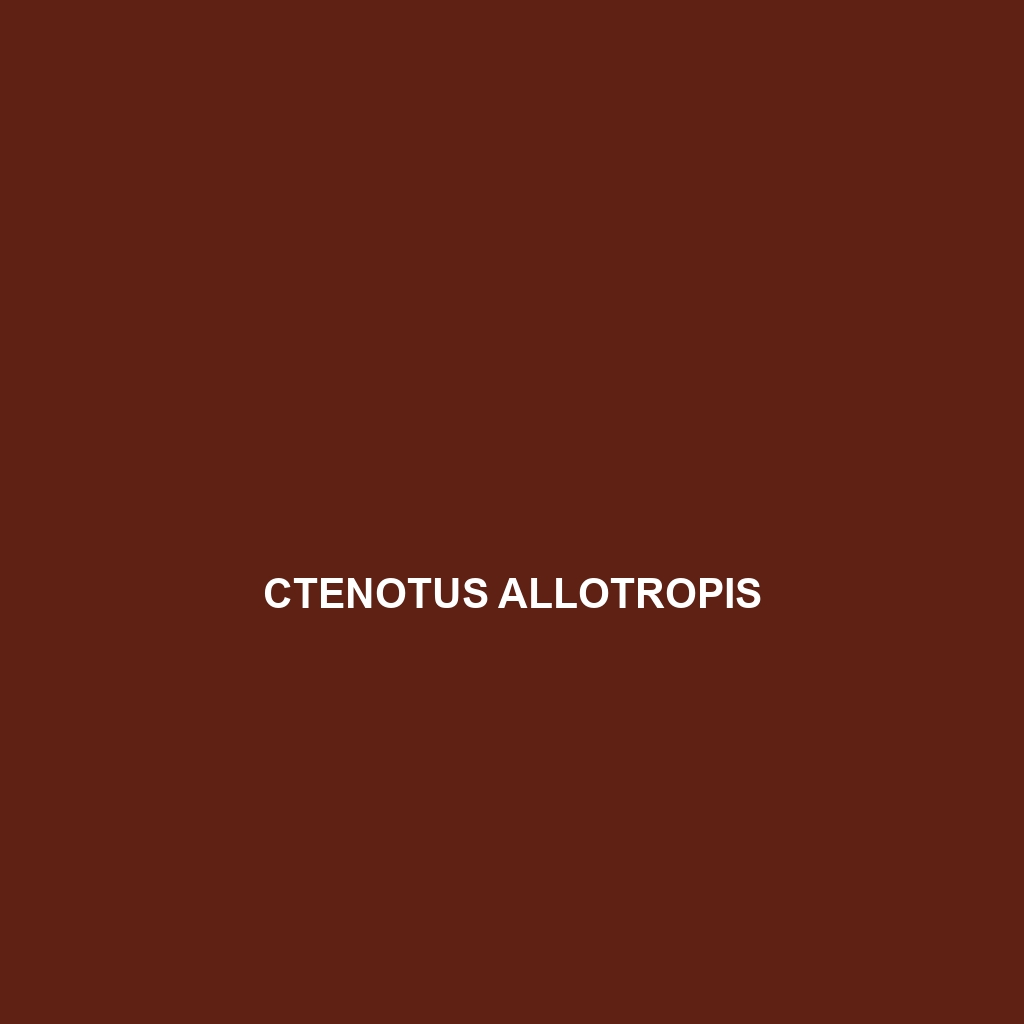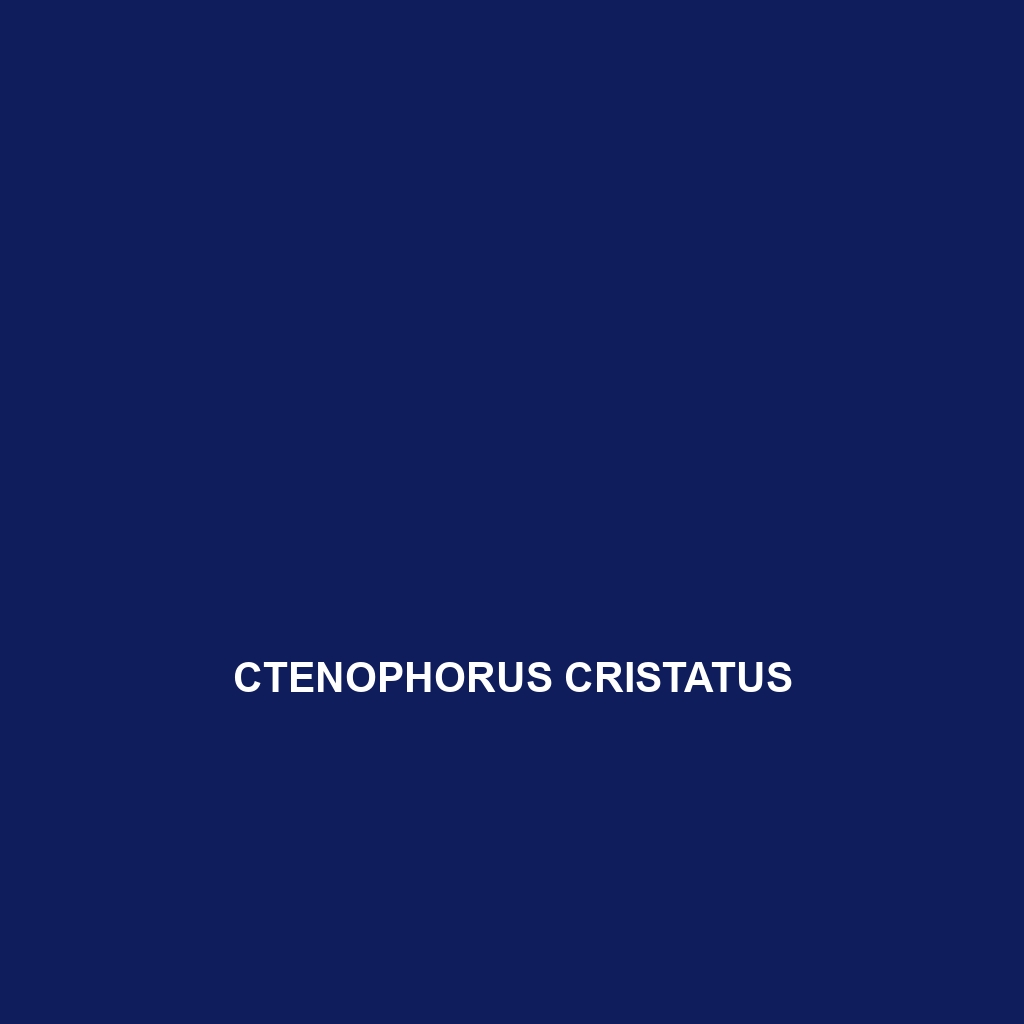<strong>Diplodactylus conspicillatus</strong>, known as the conspicuous leaf-tail gecko, is a medium-sized, nocturnal species native to the dry woodlands and rocky outcrops of northern and central <strong>Australia</strong>. Notable for its leaf-shaped tail and camouflage coloration, this gecko feeds primarily on insects and plays a vital role in its ecosystem by controlling insect populations.
Tag: Queensland wildlife
Delma petersoni
Delma petersoni, also known as the Peterson's delma, a medium-sized lizard native to Australia's arid regions, featuring a slender body, light brown to grey coloration, and a secretive lifestyle that includes burrowing and foraging for insects. This resilient species plays a vital role in its ecosystem, supporting insect population control while facing threats from habitat loss.
Ctenotus leonhardii
Discover the Ctenotus leonhardii, or leonhard's skink, a medium-sized Australian lizard with striking blue markings and a sleek body adorned with longitudinal stripes. Found in arid regions, this diurnal skink thrives in sandy environments, actively foraging on insects while playing a crucial role in its ecosystem.
Ctenotus eurydice
Ctenotus eurydice, a small to medium-sized skink native to the arid regions of central Australia, features a slender body with smooth, shiny scales, and is primarily insectivorous. Active during the day, this species plays a vital role in controlling insect populations while adapting remarkably to its harsh environment.
Ctenotus coggeri
Introducing the Ctenotus coggeri, also known as Cogger's skink, a medium-sized skink found in arid regions of Australia, known for its distinctive light brown to grey coloration and diurnal behavior. This agile predator plays a vital role in its ecosystem by controlling insect populations and is recognized for its remarkable adaptability to harsh environmental conditions.
Ctenotus allotropis
Discover the allotropis skink (Ctenotus allotropis), a slender and agile lizard native to eastern Australia, thriving in dry woodlands and sandy soils. Characterized by its distinctive brown and gray patterns, this diurnal species primarily feeds on small invertebrates and plays a vital role in maintaining ecological balance.
Ctenophorus clayi
Ctenophorus clayi, commonly found in the southeastern regions of Australia, is a vibrant lizard known for its striking blue, green, or yellow throat colors and territorial displays during the breeding season. Measuring 15 to 20 centimeters in length, this insectivorous species thrives in arid environments and plays an essential role in maintaining ecological balance.
Cryptoblepharus tytthos
Discover the Cryptoblepharus tytthos, a small lizard native to the warm coastal regions of Australia, known for its slender shape, agile movements, and distinctive sandy beige coloration. This species thrives in thalassic ecosystems, primarily feeding on insects while playing a vital role in maintaining ecological balance.
Cryptoblepharus pannosus
The pannose skink (Cryptoblepharus pannosus) is a slender, agile lizard native to the coastal regions of Australia, known for its smooth, shiny scales and captivating coloration. Thriving in warm, humid habitats, this diurnal predator plays a vital role in controlling insect populations while being adaptable to urban environments.</p>
Cryptoblepharus litoralis
The Cryptoblepharus litoralis, or Anole Skink, is a slender lizard native to the coastal regions of Queensland, Australia, known for its vibrant coloration and agile movement. This diurnal insectivore plays a vital role in maintaining ecological balance, primarily feeding on small insects and displaying remarkable camouflage abilities.</p>









